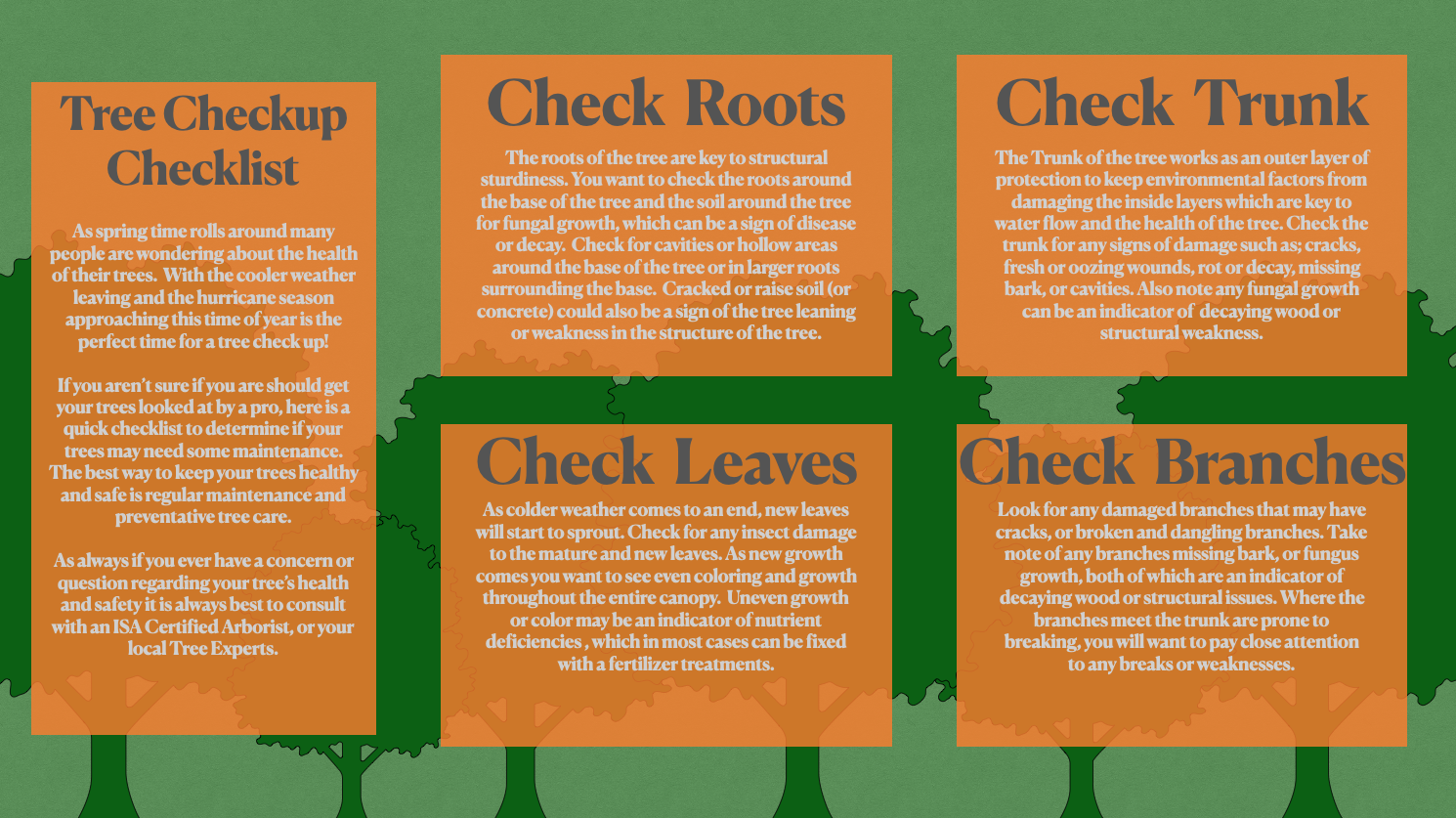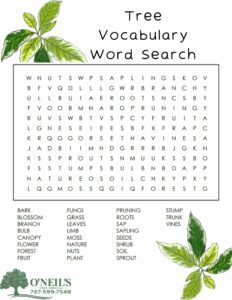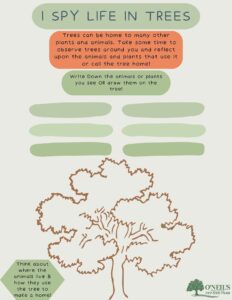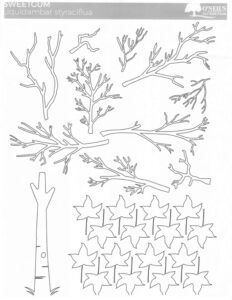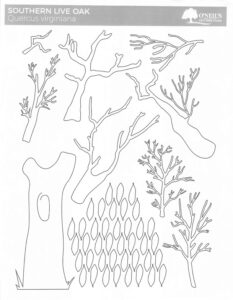Tree Check Up List – 5 Simple Steps to check your trees health
Click Here To Print The Checklist
As spring time rolls around many people are wondering about the health of their trees. With the cooler weather leaving and the hurricane season approaching this time of year is the perfect time for a tree check up! If you aren’t sure if you are should get your trees looked at by a pro, here is a quick checklist to determine if your trees may need some maintenance. The best way to keep your trees healthy and safe is regular maintenance and preventative tree care. As always if you ever have a concern or question regarding your tree’s health and safety it is always best to consult with an ISA Certified Arborist, or your local Tree Experts.
Check Roots
The roots of the tree are key to structural sturdiness. You want to check the roots around the base of the tree and the soil around the tree for fungal growth, which can be a sign of disease or decay.Check for cavities or hollow areas around the base of the tree or in larger roots surrounding the base.Cracked or raise soil (or concrete) could also be a sign of the tree leaning or weakness in the structure of the tree.
Check Trunk
The Trunk of the tree works as an outer layer of protection to keep environmental factors from damaging the inside layers which are key to water flow and the health of the tree. Check the trunk for any signs of damage such as; cracks, fresh or oozing wounds, rot or decay, missing bark, or cavities. Also note any fungal growth can be an indicator of decaying wood or structural weakness.
Check Leaves
As colder weather comes to an end, new leaves will start to sprout. Check for any insect damage to the mature and new leaves. As new growth comes you want to see even coloring and growth throughout the entire canopy. Uneven growth or color may be an indicator of nutrient deficiencies , which in most cases can be fixed with a fertilizer treatments.
Check Branches
Look for any damaged branches that may have cracks, or broken and dangling branches. Take note of any branches missing bark, or fungus growth, both of which are an indicator of decaying wood or structural issues. Where the branches meet the trunk are prone to breaking, you will want to pay close attention to any breaks or weaknesses.
